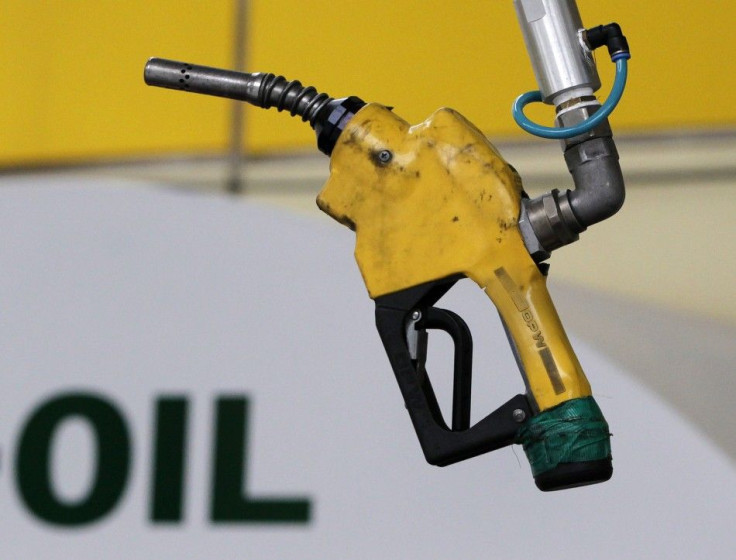Huge Oil Sell-Off Predicted Today’s Stock Crash
ANALYSIS

Oil prices saw a major sell-off in early August as fears over renewed weakness in the global economy gathered momentum. Those fears are playing out in the North American stock market today.
According to National Bank of Kuwait senior economist Daniel Kaye, energy prices had remained stable through most of July, but S&P's decision to strip America of its AAA sovereign debt status saw most oil benchmarks drop by more than $15 a barrel.
Of the two events, signs of global economic weakness arguably have more scope than the US debt downgrade to do lasting damage to oil prices. The latter need not directly affect the demand for oil. And to the extent that the downgrade undermines the US dollar, it may boost demand for dollar-denominated commodities whose prices will fall in foreign currency terms.
The overall impact might also depend on how the financial sector makes the technical adjustment to holding now lower-rated U.S. government debt. The U.S. authorities are likely to try to keep any such disruption to a minimum, said Kaye.
But the tumultuous, emotion-filled sell-off in New York today is something American authorities simply can't control.
Kaye said that although the sudden shift in sentiment has rekindled talk of a re-run of the collapse in prices seen in 2008, analysts are also pointing out the differences between now and then. These include the recent loss of Libyan output, which means that OPEC may find it easier to restrict output and defend a price floor. Then there's the lower likelihood of a major drop in global oil demand, as well as evidence from the last cycle that oil prices below $70 a barrel are not sustainable, given the oil industry's production costs and the need to finance new investment, he said.
© Copyright IBTimes 2024. All rights reserved.





















